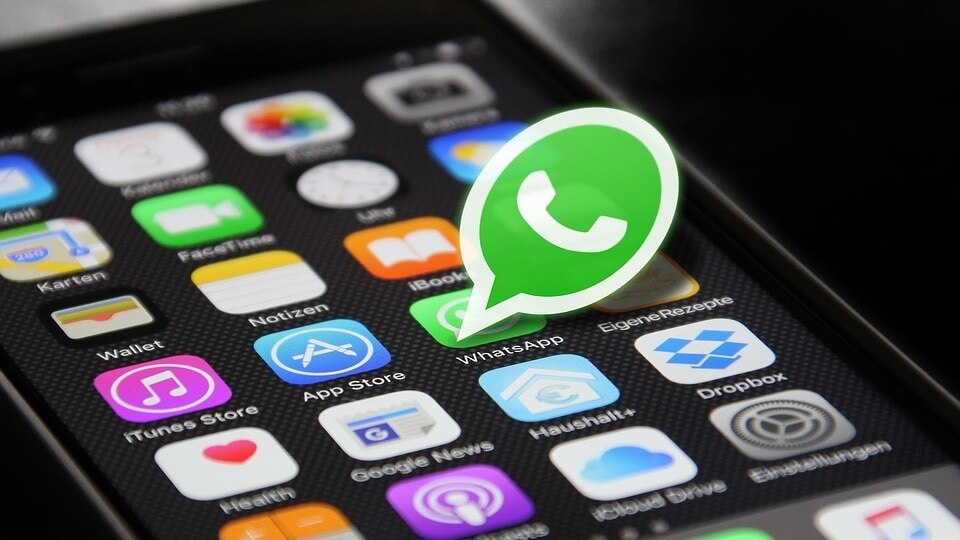After years of ad-free messaging, WhatsApp is finally introducing ads — but only in one section of the app: Status.
This marks a big shift for the Meta-owned platform, which has grown to become the world’s leading private messaging service with billions of users. If you’re wondering what’s changing and how it affects you, this guide breaks it down in simple terms.
Quick Summary
- WhatsApp will show ads in the Status section.
- Ads will appear after viewing a few Status updates, similar to Instagram Stories.
- No ads in your chats, calls, or groups.
- Meta won’t use your messages or phone number to target ads.
- New features include Channel promotion and subscriptions.
- Global rollout in the coming months.
What’s Changing in WhatsApp?
WhatsApp will soon display advertisements in the Status tab — its version of Instagram Stories.
When users scroll through several Status updates from their contacts, they will begin seeing ads. This approach mirrors the ad experience on Instagram, where promotional content appears between stories.
These ads are not intrusive to personal messaging. Your chats, calls, and groups will remain ad-free.
How Will These Ads Work?
Meta, WhatsApp’s parent company, explained how the new ad system will operate:
- Ads will be based on general user signals, such as:
- Your location (country or city)
- Your language
- The Channels you follow
- Past interactions with ads
- Your location (country or city)
- WhatsApp will not use:
- Your phone number
- Chat content
- Call logs
- Group activity
- Your phone number
If you’ve linked your WhatsApp to Meta’s Account Center (used across Facebook, Instagram, etc.), the app may use your account preferences to show more relevant ads.
What Are Channels and Why Do They Matter?
Alongside ads in Status, WhatsApp is also upgrading its Channels feature — the one-way broadcast tool used by creators, celebrities, and brands to share updates.
New monetization features for Channels include:
- Promoting Channels in a discovery section to reach more users.
- Allowing creators and businesses to charge subscriptions for exclusive content.
- Handling subscription payments through app stores like Google Play and Apple App Store.
This is Meta’s effort to help creators and businesses make money directly on WhatsApp.
Fun Fact: Over 1.5 billion people use Status and Channels every day, according to WhatsApp.
Why Is WhatsApp Introducing Ads Now?

Until now, WhatsApp made money through:
- Its WhatsApp Business platform
- Click-to-WhatsApp ads on Facebook and Instagram
These tools let businesses connect with customers through direct messages. Meta has highlighted both as fast-growing revenue channels in recent earnings reports.
Alice Newton Rex, VP of Product at WhatsApp, explained that ads are a natural next step as the platform matures:
“These new ad and promotion tools felt like the next natural evolution, now that both those businesses have scaled… We were increasingly hearing from businesses that they wanted to do more inside WhatsApp.”
In short, as businesses grow on WhatsApp, so does the need for tools that help them promote and monetize.
What Does This Mean for You?
If you use WhatsApp just to chat with friends and family, the core experience will remain the same. However, you’ll start to see ads in the Status tab, especially if you scroll through multiple updates.
If you follow creators or public figures on Channels, you may see promoted Channels and optional subscription features to access premium content.
These updates are expected to roll out globally in the coming months, with more details likely to follow as Meta begins implementation.
Key Takeaways
- WhatsApp is introducing ads for the first time, but only in the Status section.
- Your private messages, calls, and groups remain untouched by ads.
- Meta uses basic signals (like language and region) to target ads — not your messages or phone number.
- WhatsApp is expanding Channel features, adding discovery, promotions, and subscriptions.
- Over 1.5 billion users interact with Status and Channels daily, showing big potential for business growth.
- These changes align with Meta’s broader revenue strategy and will be rolled out in phases globally.
Final Thoughts
WhatsApp’s decision to introduce ads and paid Channels shows the app is evolving into more than just a messaging tool. It’s becoming a platform where businesses can promote, creators can monetize, and users can discover content — similar to Instagram or Telegram.
While some users might be wary of seeing ads in an app that’s long prided itself on simplicity and privacy, Meta’s careful placement of ads only in Status helps preserve the chat experience.
We’ll keep watching how users respond as this new model rolls out.
